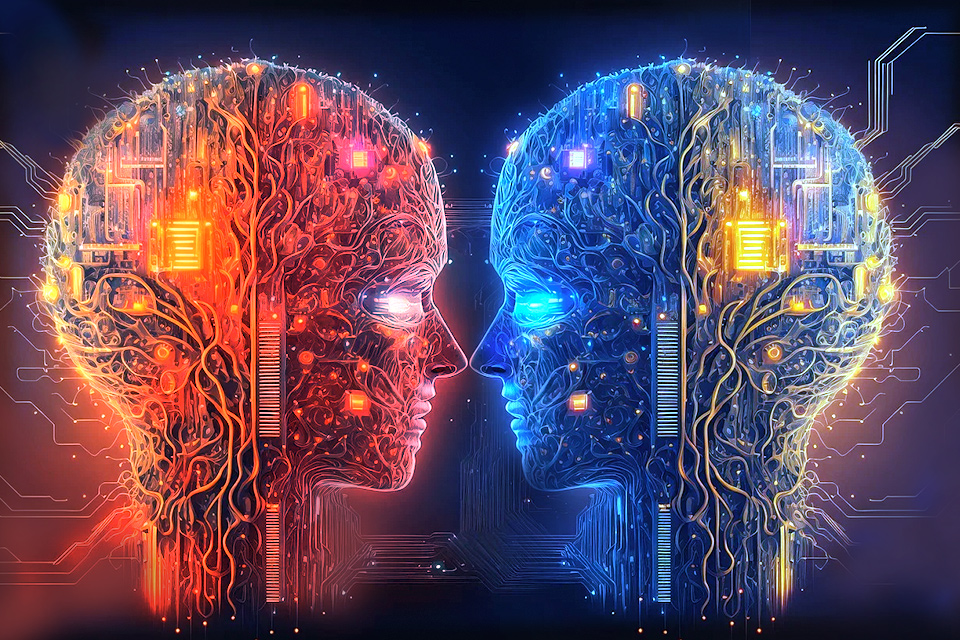Introduction
Did you know? The world of cybersecurity is a race.
As attackers develop ever more sophisticated tactics, defenders need powerful tools to stay ahead. Artificial intelligence (AI) has emerged as a game-changer, offering security teams a powerful edge in threat detection, response, and even prediction.
The world of cybersecurity is a race because it’s a constant question of whether good guys (security experts and each one of us, as stewards of security awareness in our daily lives!) can outpace bad guys (cybercriminals leveraging AI for data theft). As attackers develop ever more sophisticated tactics, defenders need powerful tools to stay ahead.
Artificial intelligence (AI) has emerged as a game-changer, offering security teams a powerful edge in threat detection, response, and even prediction. However, this cutting-edge technology is a double-edged sword. Just as AI empowers defenders, it also presents attackers with new avenues for exploitation.
How Does AI Protect Us?
AI can sift through mountains of data, identifying even the faintest signs of trouble. This lets them detect zero-day attacks and other novel threats that traditional methods might miss. In addition to detecting threats faster, AI-powered systems and softwares can react to threats more quickly than humans. It never falls asleep or pauses to eat or even blinks! This timing is crucial in the fast-paced world of cyberattacks, where every second counts.
AI is also the ultimate analyst. These machines learn and improve over time, constantly refining its ability to identify threats. This makes AI security a powerful tool for staying ahead of the curve.
Remember, though, that for all the powerful tools we leverage for security purposes each and every day, there’s a hacker somewhere in the world using these same AI systems for evil.
How Is AI Dangerous?
Just as AI is being used for defense, malicious actors are also exploring its potential for offense.
Why? Adversaries can use AI to develop more targeted and effective attacks. They can exploit weaknesses in AI security systems and bypass traditional defenses. Attacks powered by this technology can learn and adapt with each new victim, making them even harder to stop. This creates a dangerous feedback loop where attackers and defenders constantly push each other’s AI capabilities.
That doesn’t mean giving up hope! Just as we can use our security awareness knowledge to protect ourselves from manually engineered attacks, like phishing scams and signs of spyware, will also help you detect, avoid and report AI-powered threats!
Conclusion
We all rely on AI to some extent, whether in our personal lives or at work. The use of AI in cybersecurity is a double-edged sword. While it offers powerful new tools for defense, it also presents new challenges. The future of cybersecurity will likely be defined by this ongoing AI arms race.
So, what can we do? Security researchers need to stay ahead of the curve, developing new AI defenses that can counter the latest threats. But it’s also important to remember that AI is a tool, and like any tool, it can be used for good or evil. By using AI responsibly and ethically, we can ensure that it remains a force for good in the fight against cybercrime.



